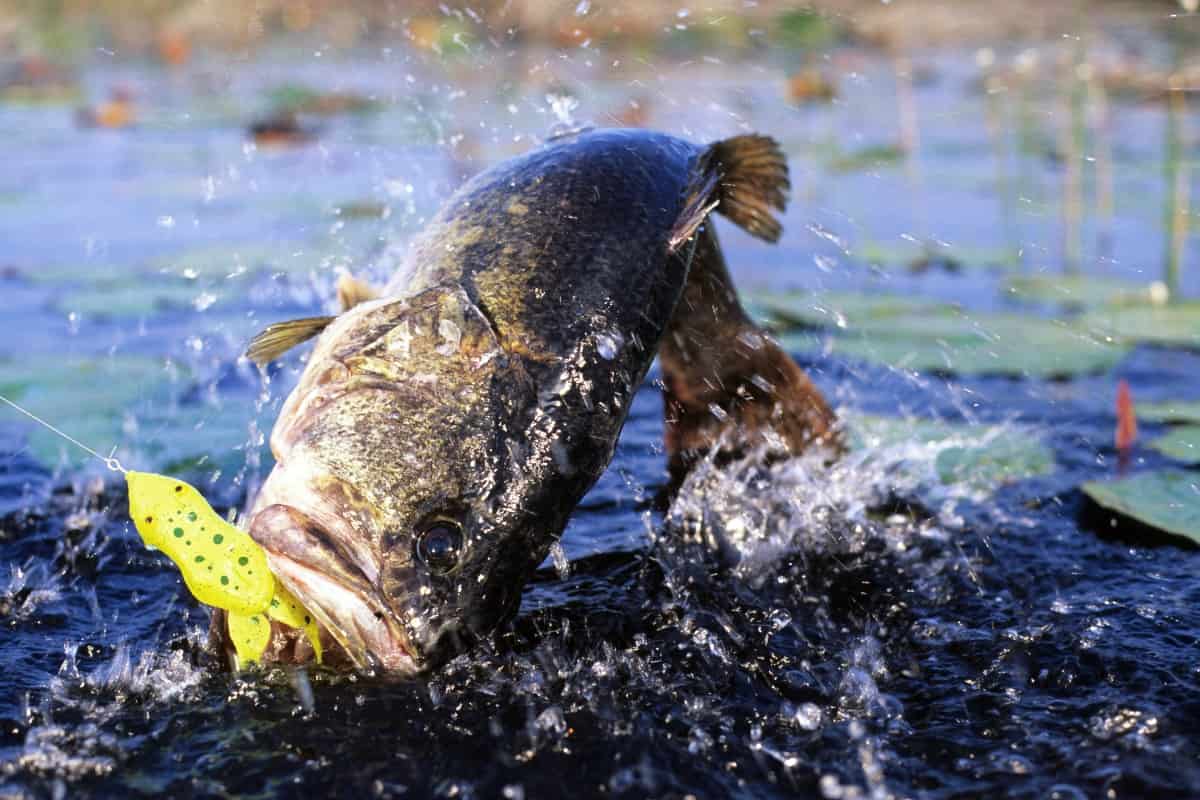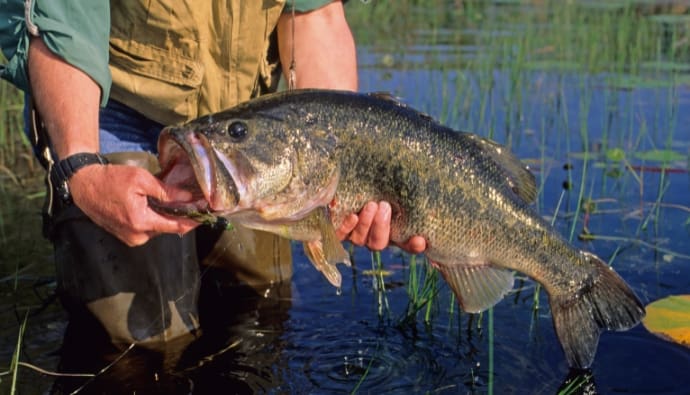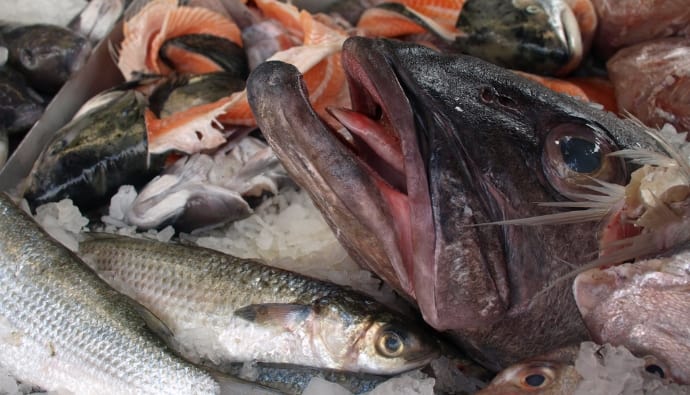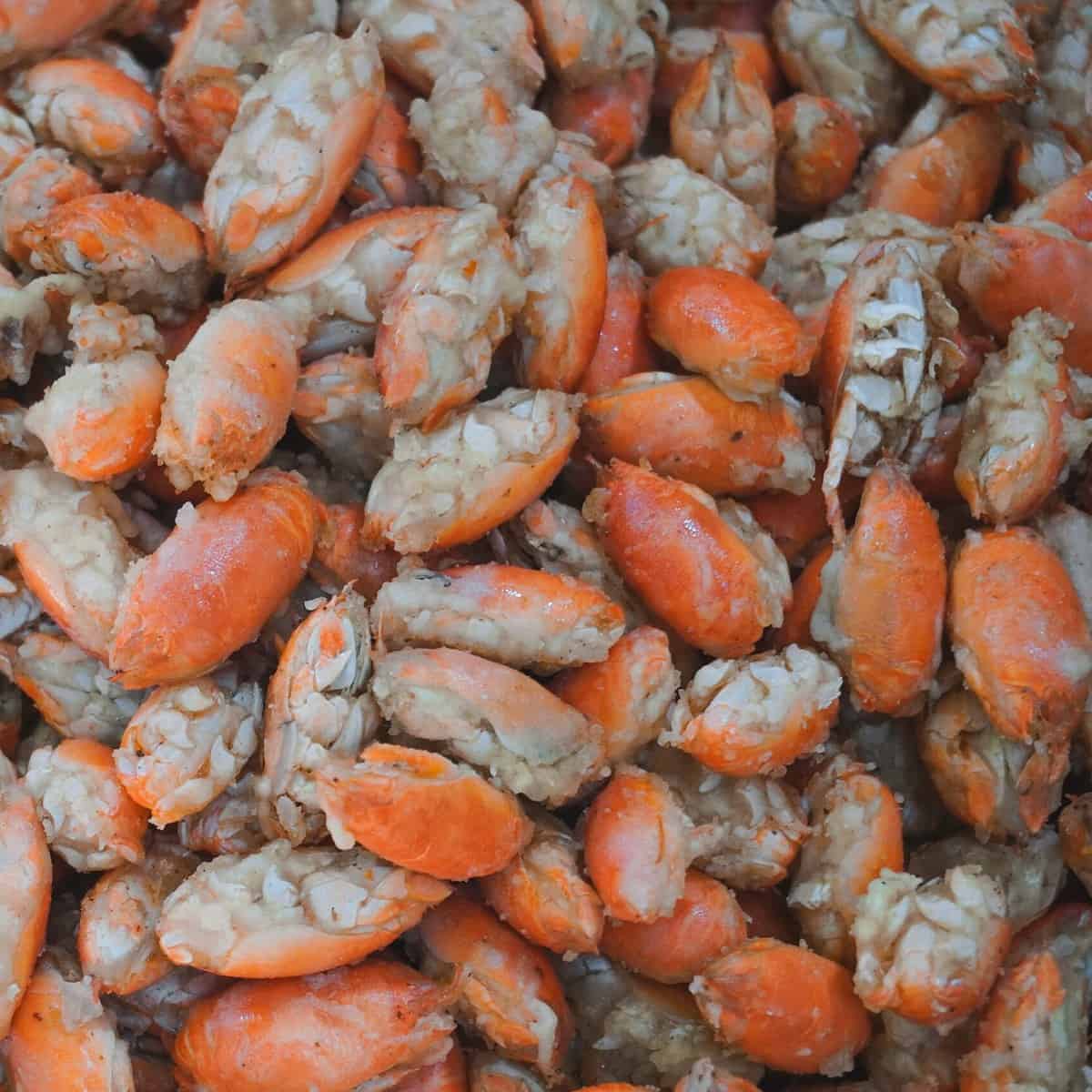Although bass can be a delicious fish, the proper cleaning techniques can make the difference between a fine meal and a wonderful one. How to fillet bass can be challenging, especially if you’ve never seen it done before.
But if you clean, gut, and fillet the fish correctly, you can cook your sea bass or any other bass within the shortest time possible. Here you will learn how to fillet bass using the correct method for a fantastic meal.

Why Gut a Bass
Like the innards of many edible animals, bass have their own special liquids, odors, and bacteria that you don’t want to contaminate your meat with. Before cutting up your bass, make sure you thoroughly gut it to avoid exposing yourself and your expensive flesh to bacteria like salmonella and Escherichia coli.
A fish may rupture if its guts are left inside due to an accumulation of gas in its stomach. This will distribute stomach acids and other undesirable internal organs throughout the remaining fish, rendering it rotten, discolored, or odorous.
Therefore, it is essential to gut the fish as soon as possible and put it below 40 degrees Fahrenheit, such as in a refrigerator or a cooler of ice, to prevent listeria and other hazardous bacteria from damaging your fish.
What You Need to Clean and Fillet a Bass
Using the correct tools to fillet a bass fish will make the work much easier and more comfortable. Ensure you gather the equipment before you start any aspect of fish cleaning. You require:
- Fillet Knife
The user of these flexible blades can feel the bone, skin, and meat they are cutting. You can cut with confidence if you have a firm grasp. A good fillet knife for the bass filleting should be longer than the fish’s height, often 8 to 10 inches long.
You must frequently sharpen your knife to ensure you have a sharp knife throughout the filleting process. When learning the intricate technique of cleaning a bass, using a dull knife is risky and highly frustrating.
- Cutting Board
You need a clean, flat area while chopping raw meat to keep the flesh free of pathogens. Ensure you employ a cutting board that you can clean right away after usage to avoid cross-contamination with any other food items you may be preparing for the dish. In terms of size, a larger chopping board is preferable.
- Cut-Resistant Glove
Bass are slippery fish, just as all other fish. The proper glove offers you more grasping power and helps avoid scrapes and cuts from the knife or the fish’s fins because keeping them steady during filleting is challenging.
- Trash Can
The fish heads, skin, or guts do not end up on the dinner table. Thus, ensure you have a garbage bag near you to place all the leftovers.
- Ziploc Bag or a Vacuum Sealer
The best approach to keep fish’s flavor and texture for a long period in the freezer is using a vacuum sealer. However, choose a Ziploc bag if you opt to store it in the refrigerator for a few days.
- Fresh Running Water
It’s a messy process to clean any kind of bass. You’ll need fresh running water throughout the gutting process to keep you, your tools, and the fillets clean. After you have acquired all the necessary tools and fish, you are ready to start the filleting process.
How to Fillet Bass
Filleting bass is a quick, simple process, be it smallmouth bass, striped bass, or largemouth bass. The following is a step-by-step guide on filleting bass:
Step 1: Scaling the Bass
Place the bass on the chopping board to get the scales off the fish. Grab the knife with your right hand while holding the fish by the tail using your left hand, exerting downward pressure. Begin scraping the fish down from the tail to the head using the blunt edge of the knife.
The scales could be more challenging to remove close to the neck and gills. Ensure you get rid of scales on all sides. After you are through with scaling your bass, clean the fish by placing it under cold running water. Then use a kitchen towel to pat it dry.
Step 2: Gut the Fish
While your fish is still on the cutting board, you will see the vent, a little hole close to the anal fin on the bass’s belly. Start there and cut open the stomach up to the jawbone with your knife. Be careful to cut through the skin layer, not the organs beneath it.
Step 3: Remove the Innards
After cutting the belly open, you will see the bass’s innards, which include the intestines, reproductive system, stomach, kidney, and heart. Scoop the belly’s contents out with your knife while ensuring nothing bursts.
Carefully cut out the internal organs around the throat, where they are attached to the fish, and throw them away.
Step 4: Rinse the Bass with Cold Water
After gutting the fish, clean it off by running it under cool water. Thoroughly rinse your bass on the inside and the outside to remove any remaining internal parts.
At this time, you could also cut off the tail and head. Though, this is not essential in filleting the bass.
Step 5: Remove the Fillets
Put your knife firmly at the back of the pectoral fin and gills. Angle the knife to the fish’s neck as you cut into it. You should make a cut extending from the head’s top to the pelvic fin.
Cut the top of the bass close to its backbone using your knife’s tip. While maintaining proximity to the spine, continue cutting down to the tail fin.
Following the contours of the spine and rib cage, extend this cut down deep into the flesh. If you want to remove the skin, keep cutting until you get to the start of the tail without separating the fillet from the tail.
Turn the fillet over such that it is pointing up and keep it linked to the tail to remove the skin. Place the knife at the tail’s base, and then glide it between the fillet and the skin. As you move the knife along, keep it slightly inclined. You’ll then have a fillet that is skin-free.
Step 6: Repeat the Procedure on the Other Side
Turn the fish over and repeat the procedure to take the fillet from the opposite side after you’ve separated it from the first side. Remember to be cautious when completing this procedure on the other side since you don’t have the same kind of support you had when detaching the first fillet.
After removing both fillets from the fish, place them on the cutting board and discard the rest bass’s parts.
Step 7: Eliminate Any Other Bone Remaining from the Fillets Using Tweezers
Apply tweezers to take out any remaining pin bones from both fillets once they have been sliced and spread out. You’ll probably find 6 to 10 bones along the lateral line of every bass fillet. You should note that removing these bones may be more complicated than usual if your fish is exceptionally fresh.
Step 8: Rinse Your Fillets
After removing all the bones, give your fillets one more rinse under running water to ensure they are clean. Once you are through with the cleaning, your bass fillets are ready for storage or cooking.
Final Thoughts
Now you know the easiest way to fillet bass. All bass can be filleted using the same method. The only variation you might see is typically in the fish’s size. If you have a large bass, you need a larger knife.



 Facebook
Facebook YouTube
YouTube









